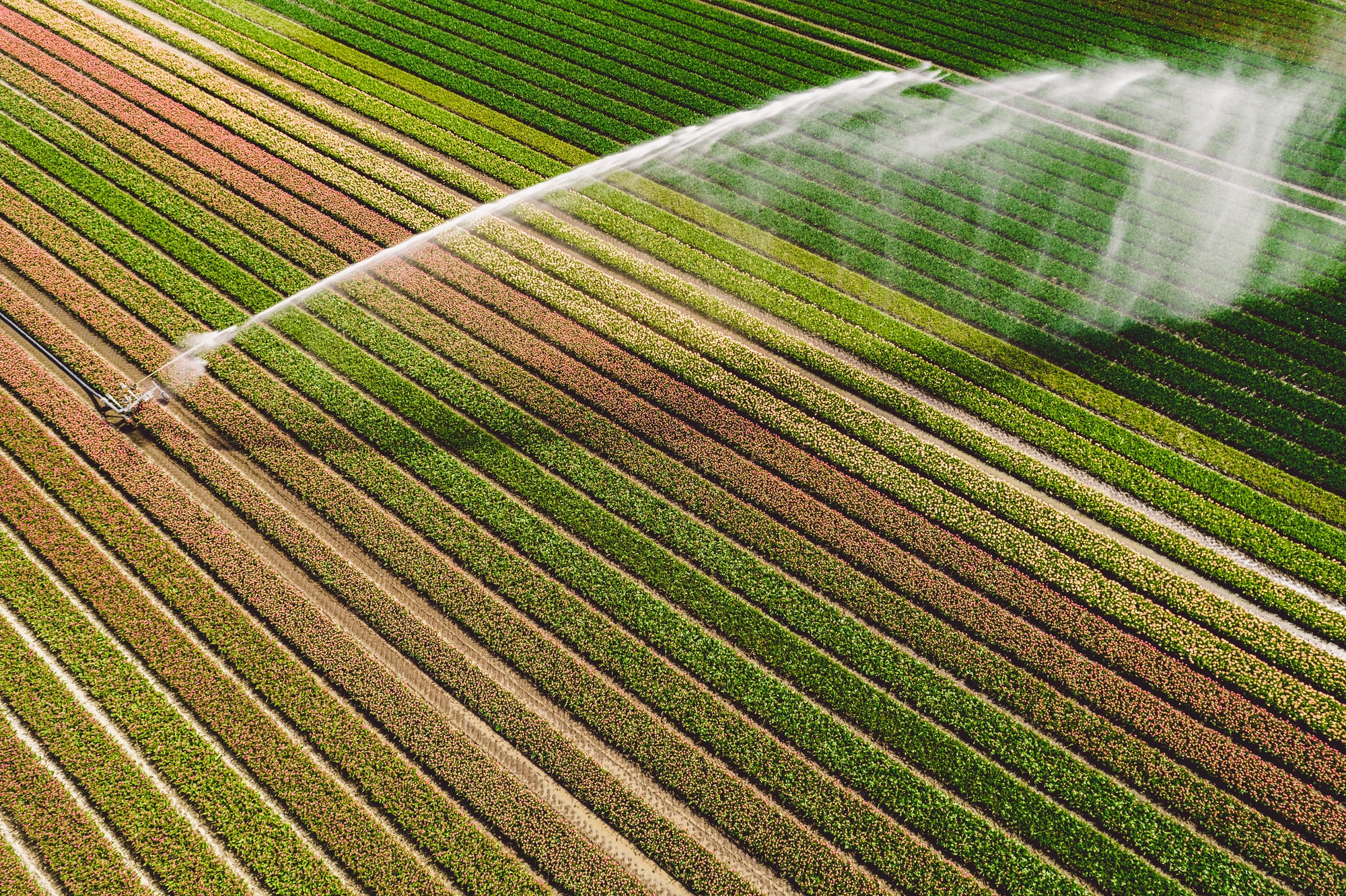How to Use Smart Irrigation Systems for Water Conservation in Agriculture?

In the realm of agriculture, the usage of water is a critical factor that determines the success or failure of a crop. Mismanaged water resources can lead to drought-related crop failure, while excessive watering can cause waterlogging and root diseases. Consequently, smart irrigation systems are being embraced by farmers globally. These technology-based solutions are specifically designed to monitor and manage water usage efficiently, taking into consideration the weather, soil moisture, and the type of crop being cultivated. This article will guide you on how to leverage these smart irrigation systems to adopt a sustainable water management approach.
Understanding the Concept of Smart Irrigation Systems
Before you dive into implementing smart irrigation systems on your farm, it is essential to understand what exactly they are and how they function. These systems are a product of the Internet of Things (IoT), a network of interconnected devices that communicate and exchange data over the internet.
Also to see : What is the procedure for applying for a D3 visa for Portugal ?
Smart irrigation systems utilize a range of sensors to monitor various factors that influence the water requirements of a plant, such as soil moisture, weather conditions, and crop type. Once this data is gathered, the system processes it and automatically adjusts the irrigation schedule and volume to provide the precise amount of water needed by the crops at any given time. This approach ensures sustainable usage of water while also improving the plant’s health and yield.
The Role of Soil Moisture Sensors in Smart Irrigation
Soil moisture sensors are vital components of smart irrigation systems. They facilitate the real-time monitoring of water content in the soil, enabling the system to provide accurate watering based on the plant’s actual needs.
Also read : Dive into the world of the goated mystery box surprises!
These sensors are strategically placed in different sections of the farm, where they continuously monitor the moisture levels in the soil. Once the soil dries past a certain threshold, the sensors send a signal to the irrigation system to start watering, and when the soil’s moisture level reaches the desired state, the system is signaled to stop watering.
The crucial advantage of these sensors is that they eliminate guesswork and over-reliance on weather forecasts, providing you with precise data about the soil conditions on your farm.
Leveraging Weather Data for Efficient Irrigation
Weather is another significant factor that influences a plant’s water needs. By integrating weather data into your irrigation strategy, you can further enhance water management on your farm.
Smart irrigation systems typically draw weather data from multiple sources. Some use on-site weather stations that monitor various atmospheric conditions, including temperature, humidity, solar radiation, wind speed, and rainfall. Others may connect to online weather forecasting services to acquire this data.
Regardless of the source, this weather data is used to adjust the irrigation schedule and volume accordingly. For example, on a hot, dry day, the system would increase watering to compensate for the increased evaporation, and on a cool, cloudy day, it would reduce watering. Similarly, if rain is predicted, the system can delay or even skip watering, thus preventing water waste.
The Role of Crop Data in Smart Irrigation
Understanding the water needs of the specific crops you are growing is equally important in effective water management. Each plant species requires different amounts of water at various stages of its growth cycle.
Smart irrigation systems can be programmed with specific crop data, including the type of crop, its growth stage, and its specific water requirements. Combined with soil moisture and weather data, this information allows the system to customize the watering regime to match the exact needs of the crops, ensuring optimal growth and yield.
Implementing Smart Irrigation Systems
Now that you’ve understood the working and benefits of smart irrigation systems, it’s time to consider implementing them on your farm. Start by identifying the right system for your needs. Look for a system that offers a good balance between cost and functionality, with a user-friendly interface and robust customer service.
Once you’ve chosen a system, plan the correct placement of the sensors to ensure they provide a comprehensive picture of the conditions on your farm. Ensure the system’s settings are correctly calibrated for the specific crop you’re growing and the type of soil on your farm.
Remember, adopting smart irrigation systems can be a significant investment, but when correctly implemented, they can save significant amounts of water, increase crop yield, and ultimately, improve the profitability of your farming business.
The Impact of Smart Irrigation on Water Conservation and Efficiency
Now that we’ve explored how smart irrigation systems work, it’s important to highlight the impact they have on water conservation and efficiency. As we grapple with the realities of climate change and water scarcity, these systems are more critical than ever.
Smart irrigation technology can significantly reduce water usage on farms. By providing precise amounts of water needed by crops at any given time, these systems eliminate wastage caused by over-watering. Moreover, they enable farmers to react in real-time to changes in weather conditions and soil moisture levels, preventing the unnecessary use of water resources.
Improving water efficiency doesn’t just conserve precious resources; it also directly impacts crop yields. Over-watering can lead to waterlogging and root diseases, while under-watering can cause stunted growth and lower yields. By delivering the right amount of water, smart irrigation systems contribute to healthier plants and increased productivity.
Apart from benefiting individual farms, adopting these irrigation techniques on a large scale can have a significant impact on global water conservation efforts. Agriculture consumes nearly 70% of the world’s freshwater supply. Therefore, any improvements in irrigation efficiency can contribute significantly to addressing the global water crisis.
In addition to water conservation, smart irrigation systems also promote energy efficiency. Traditional irrigation methods often require significant energy to pump and distribute water, especially in large-scale farming operations. In contrast, smart irrigation techniques, like drip irrigation, are designed to minimize energy consumption, further enhancing their sustainability.
Conclusion: Adopting Smart Irrigation as the Future of Agriculture
In conclusion, smart irrigation is not just a trend; it’s the future of agriculture. With the increasing pressures of climate change, population growth, and water scarcity, it is essential that we continue to innovate and improve our water management practices.
Smart irrigation systems provide a promising solution. They offer a way to dynamically adjust irrigation based on real-time data, significantly reducing water wastage and improving crop yields. Though the initial investment may be substantial, the long-term benefits in water conservation, enhanced productivity, and cost savings make it worthwhile.
However, successful implementation requires understanding and commitment. Farmers must be open to learning new technologies and adapting their practices. Additionally, the success of these systems also depends on the availability of reliable data. Therefore, it is crucial to invest in high-quality sensors and reliable data sources.
In the face of global challenges like climate change, we need to leverage technology to its fullest potential. Smart irrigation systems are a step in the right direction, helping us manage our water resources more efficiently, boost agricultural productivity, and contribute to global sustainability efforts. By embracing these technologies, we can ensure a more sustainable future for agriculture.
